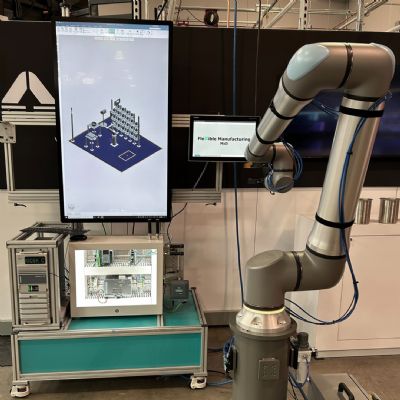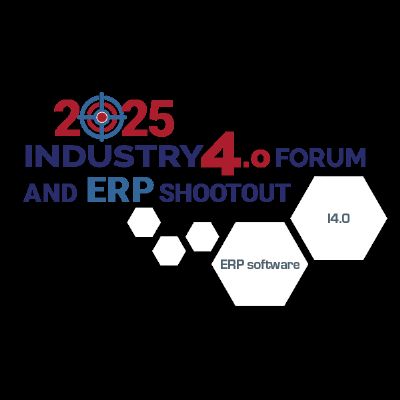The Challenge of Part-Out Sensing
September 1, 2008Comments
Over the 22-plus years of writing this column and consulting with clients, no single issue has been brought to my attention more often than the challenge of sensing parts as they exit a die. Unlike the monitoring of feed, strippers for slug detection, and cam returns, sensing parts as they leave a die appears to many to be a mystery. Just how many of us have confidently placed sensors in a die only to have the die crash any as two or more parts became a multilayered metal sandwich?
If any single moving target screams out for test-bench simulation, it is a target on its out of a die. It is imperative that you carefully create the same conditions on a bench as will be experienced by the part as it exits the tooling. In order to do so properly, you must spend some serious time watching the part as it currently exits the die. Do so with different die setters on different shifts, as you must have a total picture of how differing setups affect the trajectory of the exiting part.
Setters, especially if they have their own unique copper air tubing and part-out air-pressure-valve adjustments, will have their own s of making sure that the parts are helped to exit. Some setters are extremely good at adjusting the flow of air and the bends in the copper tubing to get the parts out. The same setter or another one on the next setup of the same die will have a slightly different set of adjustments, causing the parts to leave via a different arc as they move out of the die and into the parts box. In other words, the most unpredictable part of the mechanical process on a die is the exit of the parts from the tooling. That is why it is so important to actually watch the parts exit for as many different setters and setups as your patience allows.
If the die to be used to sense for part exit is new, or one that is designed but hasn’t yet been built, you can watch one or more dies whose parts are similar and whose tooling geometries at the end of the die also have shared features. Although watching a similar die is obviously not the same as experiencing the flight path of the exiting parts from the actual die, doing so is extremely useful as it will give a good baseline from which to help develop what I call the strike zone within which the parts exit.
Imagine being an umpire during a baseball game. Now think of the mechanisms helping the parts exit (air blast, mechanical kicker, etc.) as the pitcher. As you watch the parts, draw on a piece of paper a square- or rectangle-shaped zone within which the parts exit. By watching the same die after different setups, your zone will be ever more true to the actual possible paths each part may take. Believe it not, that piece of paper defining the exit zone will be amazingly valuable in your decision-making process leading to the actual sensors that will be mounted for part-out detection on the die.









 Event
Event